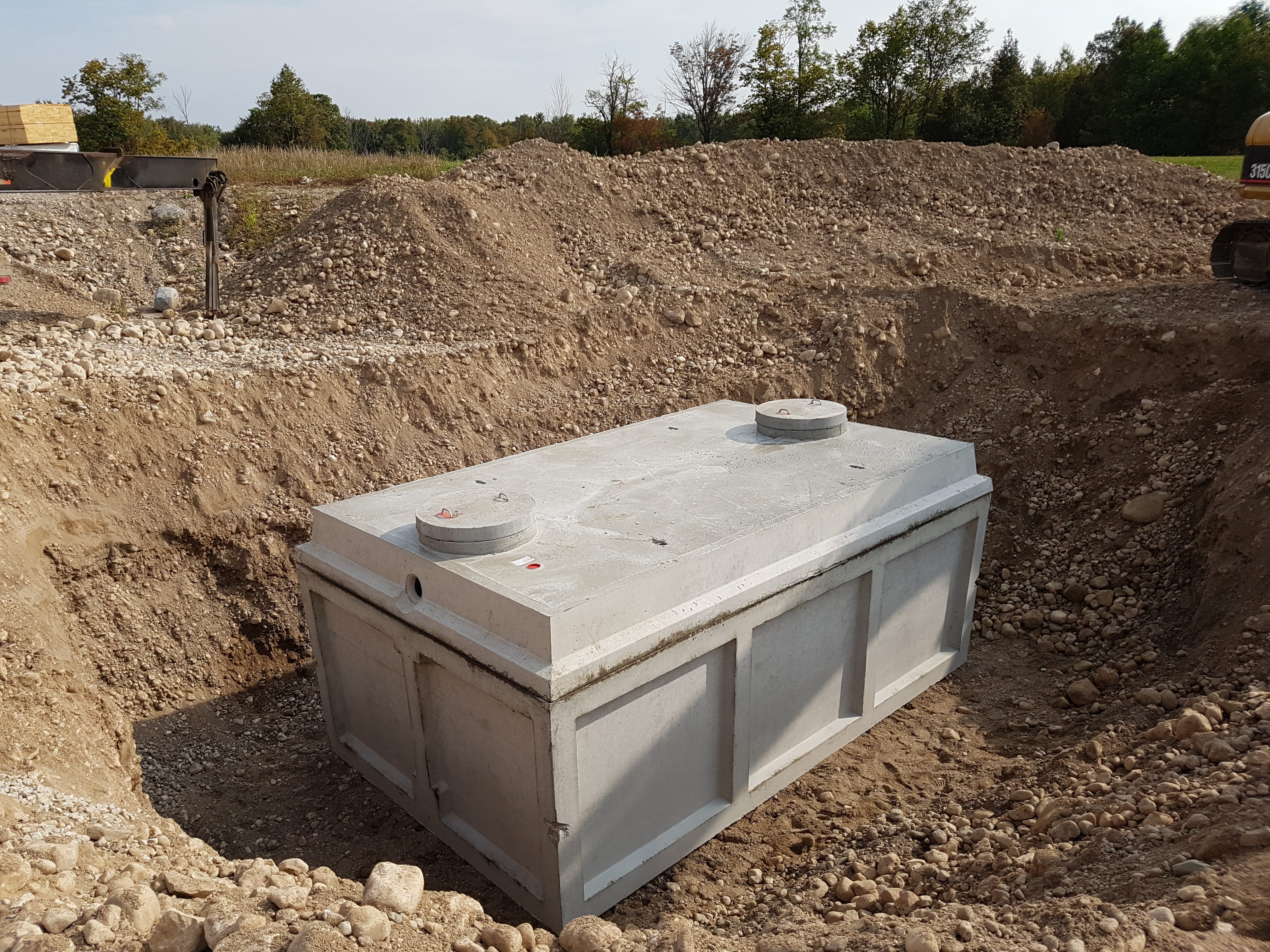In terms of the invisible infrastructure that runs our daily life Septic tanks typically go under-appreciated and not noticed. They are the unsung heroes who manage our waste, making sure that our buildings and homes remain clean and safe. Although septic systems are not the most glamorous of subjects yet they are essential to modern sanitation, and the choice of a septic system can impact both the environment as well as your budget. In this blog we’ll go deep into the world of septic tanks, with particular attention to precast concrete septic tanks. As we analyze the precast concrete septic tank’s solid foundation, prepare to find the environmentally friendly solutions and sustainable benefits hidden just beneath the surface.

In a time when environmental awareness is paramount in the construction industry, there is a change to embrace sustainable practices. Precast septic tanks made from concrete are leading the way in this eco-friendly revolution. In the 21st century, we must not only take into account the immediate benefits, but also the longer-term implications of our decisions. In this context the precast concrete septic tanks are proving to be a worthy investment, offering a range of advantages that extend beyond the surface. For more information, click septic tanks near me
Precast concrete septic tanks have been made to provide unmatched toughness and durability. Precast concrete tanks will not get damaged as their plastic or fiberglass counterparts. Their robust design of tanks guarantees they will withstand the weight and pressure of the soil above. This makes them an ideal choice for many years. This means that they will last longer, requiring fewer replacements. They also generate less waste to landfills.
Eco-friendly design is one of the main features that set the precast concrete septic tanks apart. These tanks are made from natural materials that are abundant and are locally sourced. The carbon footprint of their production and transportation is lessened and they are an environmentally friendly choice. Concrete is also resistant to harsh chemicals and other environmental factors. This increases the lifespan of tanks and reduces the need to replace them.
Precast concrete septic tanks, also known as concrete septic tank, are not just durable; they are also highly efficient in wastewater treatment. They are made to facilitate the separation and settling of liquids and solids. This promotes natural decomposition processes as well as removal of toxins. This results in less harmful effluent once it enters the soil. By choosing concrete septic tanks that are precast, you are actively contributing to the decrease of groundwater contamination and the preservation of the local ecosystems.
The process of installing and maintaining the septic tank could be daunting however precast concrete septic tanks simplify the procedure. Because they are prefabricated, they can be easily and quickly installed, reducing labor costs and the environmental impact of construction. Furthermore, these tanks are built with accessibility in mind. Regular inspections and maintenance are easier to do so that any issues are addressed quickly, preventing costly and harmful environmental leaks.
Precast concrete septic tanks is not an all-purpose solution. They come in various sizes and configurations, to suit the needs of various properties. If you own a tiny residence or a massive commercial business, there’s the precast concrete septic tank that can meet your requirements. The versatility of these tanks lets a variety of people to take advantage of the benefits.
In terms of environmentally sustainable options for managing the waste water that is disposed of Precast concrete tanks are a choice that comes with many advantages. They provide a strong foundation for any home due their strength, eco-friendly design, effective wastewater treatment abilities with ease and versatility. You can help create a cleaner, greener world by choosing the precast concrete tanks.
